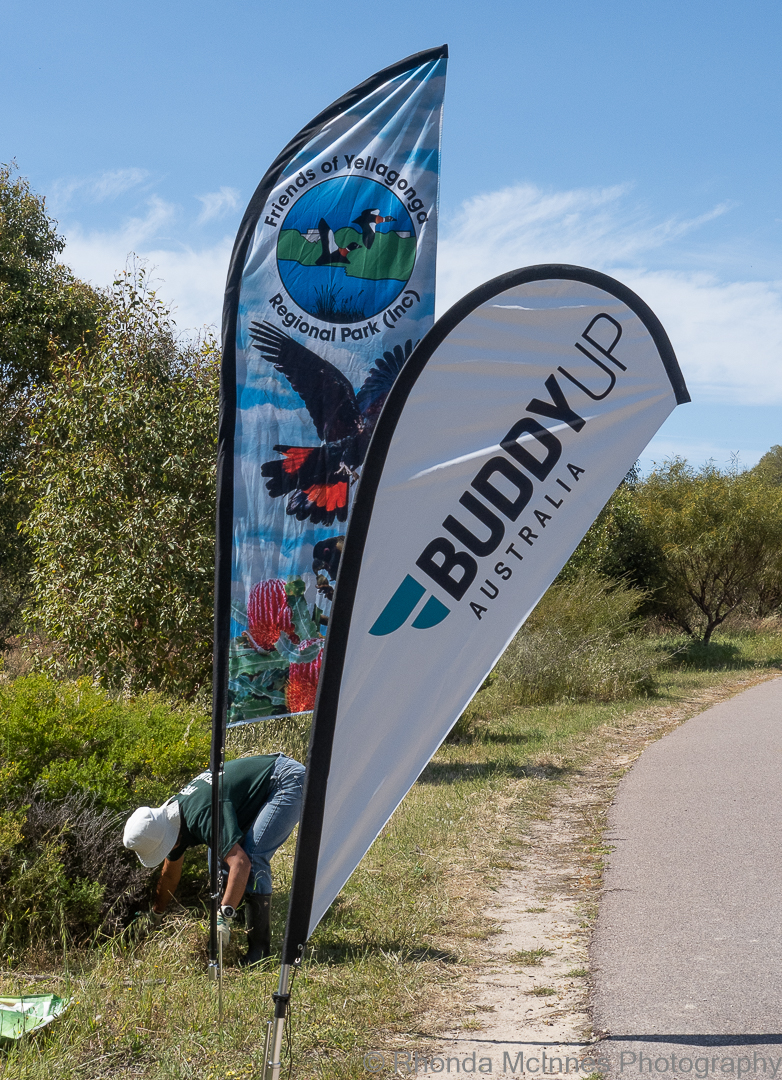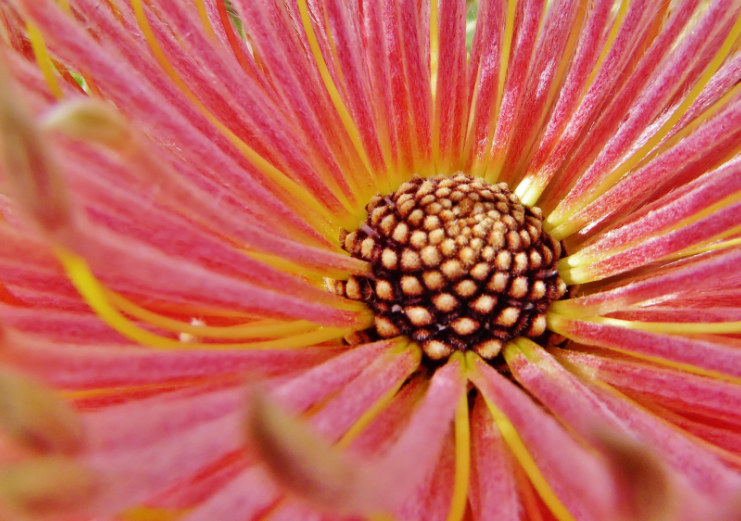
Flora of Yellagonga
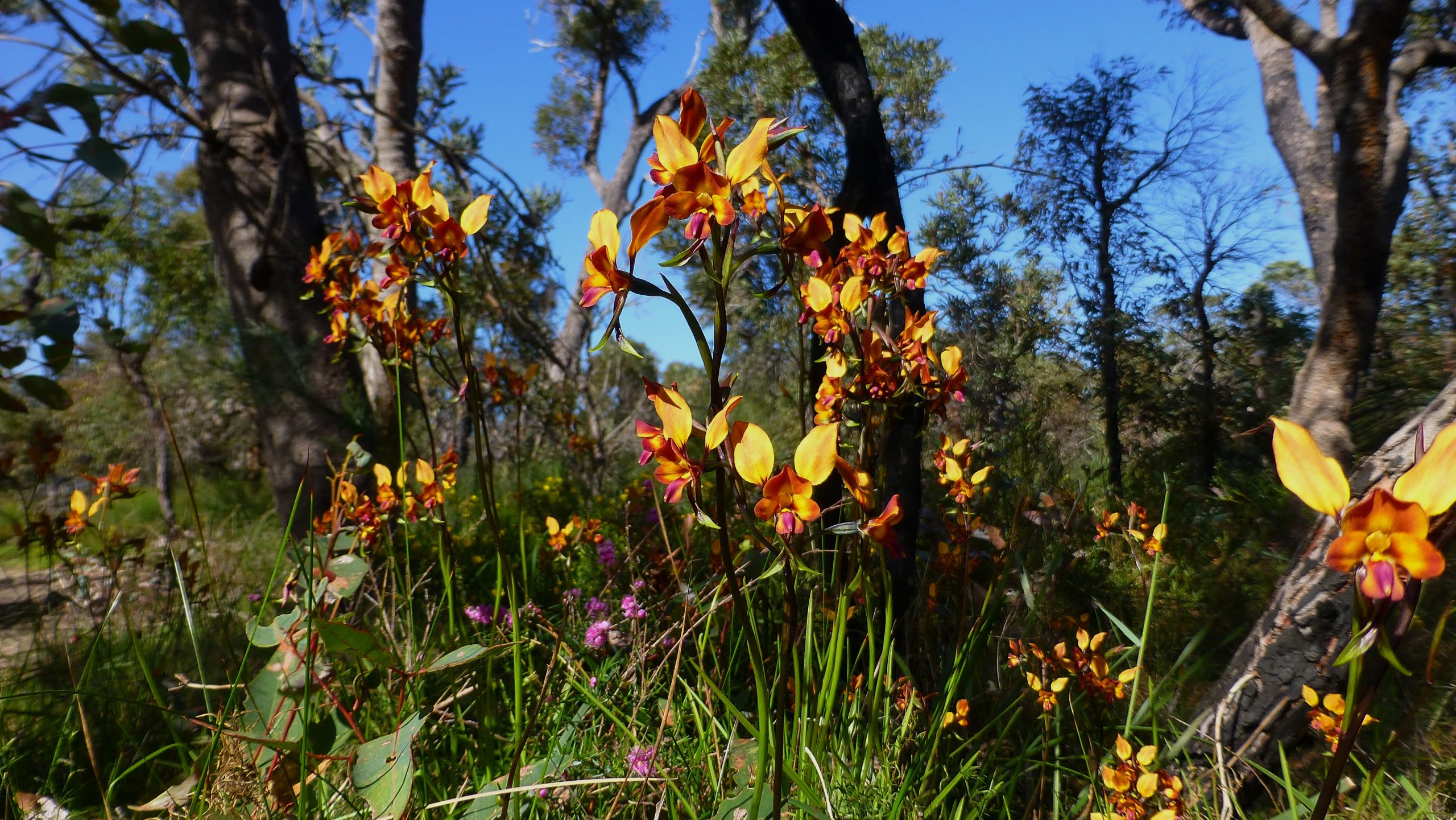


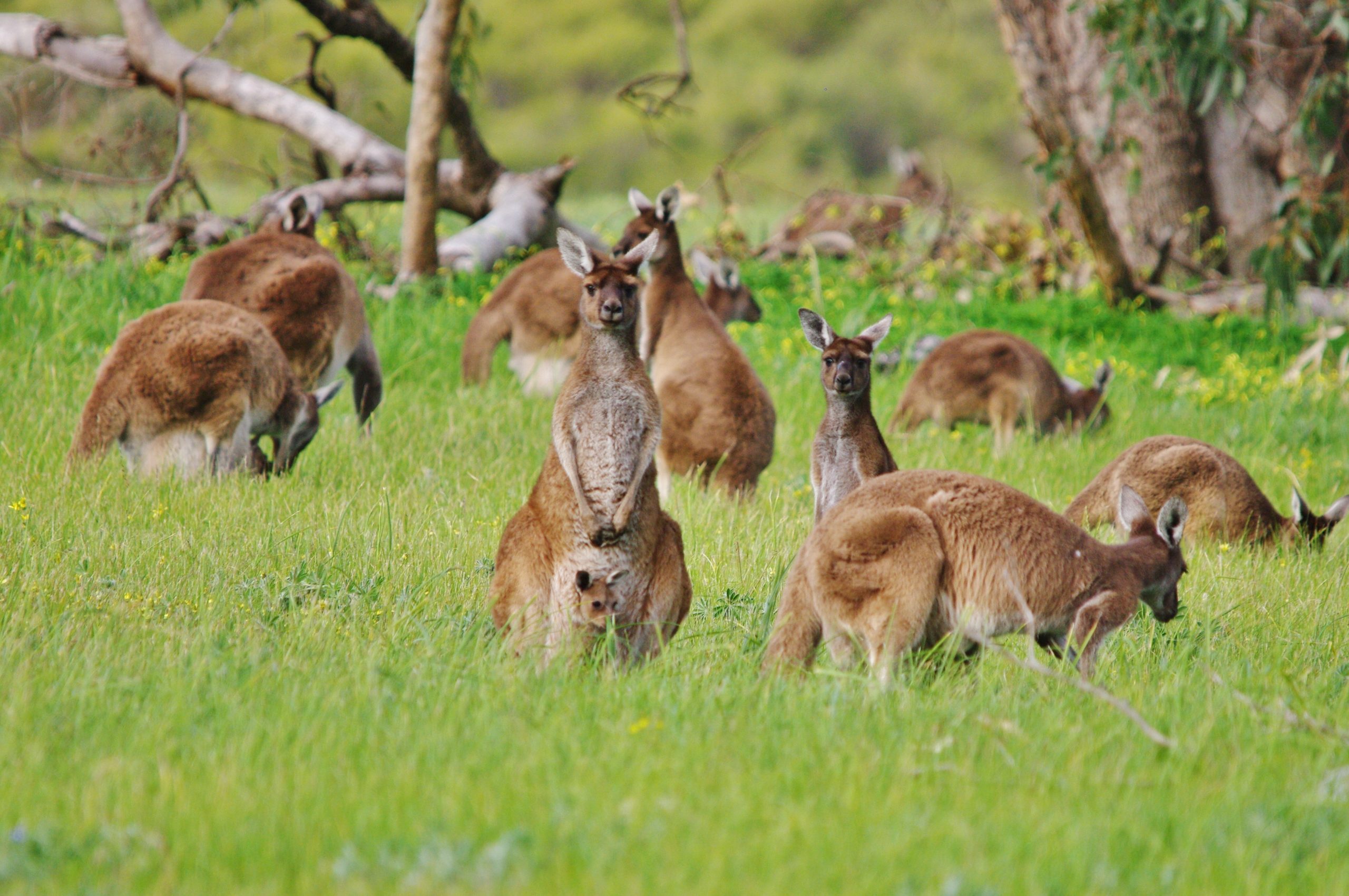
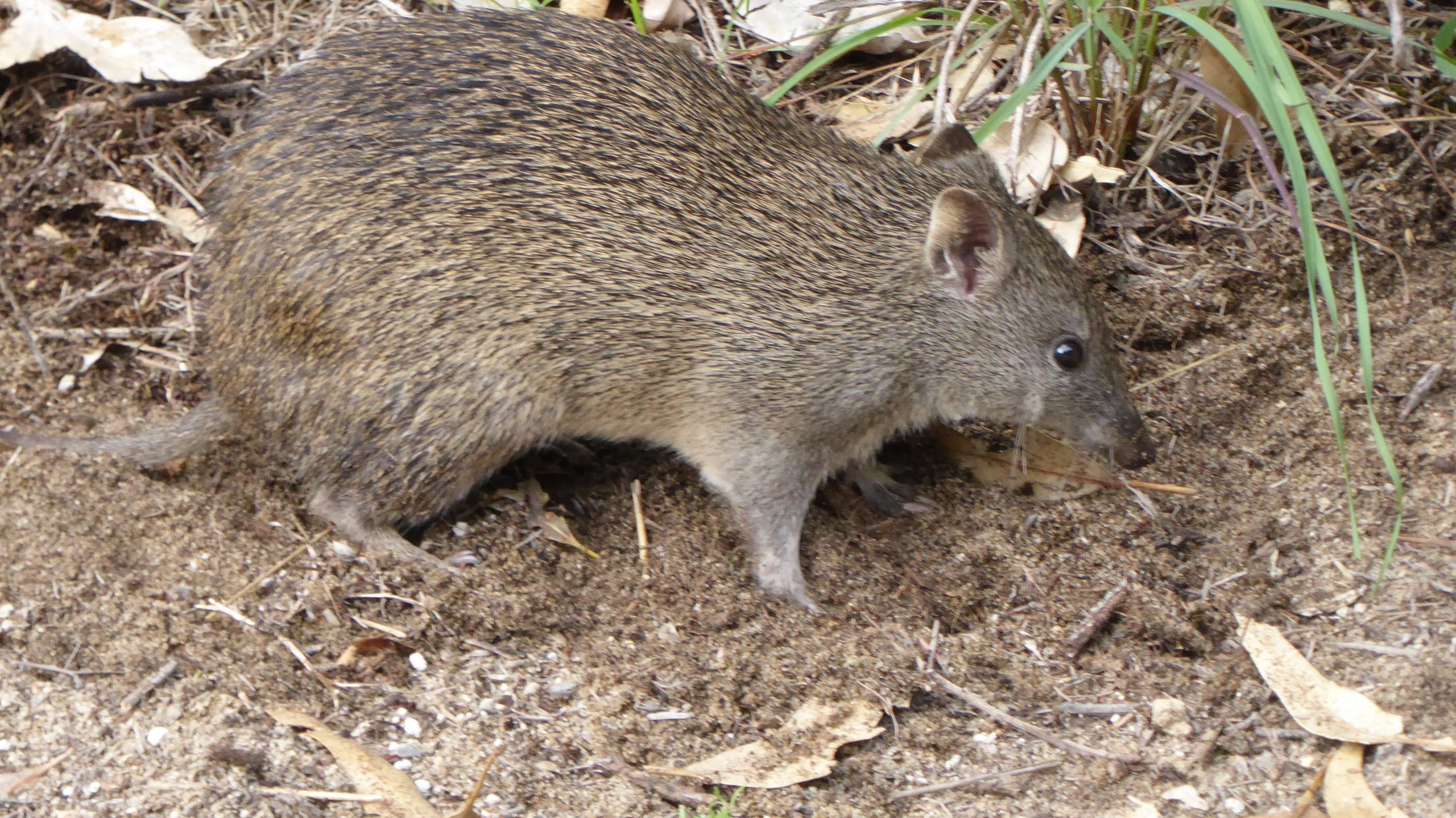
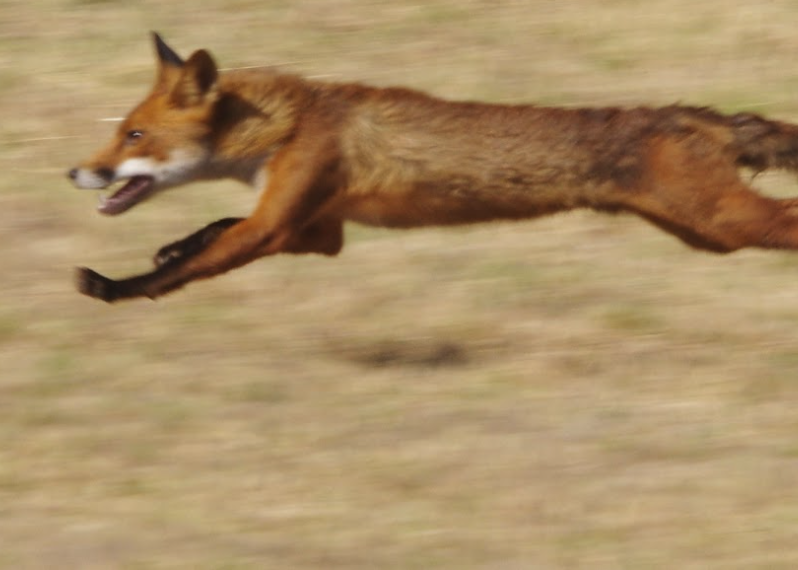
European Foxes are highly efficient predators and our native wildlife has no defence against them. They can see in the dark, climb trees, have a highly sensitive sense of smell, are warm blooded so are active over winter, are mammals so care for their young, dig under fences if they can’t climb over them, have a range so learn about their habitat, eat almost anything and are happy to live amongst people. Interestingly foxes live in the suburbs where food sources are plentiful and enter the park as part of their nightly scavenge.
Currently, there are several weeks of fox abatement over the summer months which you can see is not producing meaningful results.
If you would like to help stop foxes from digging up the turtle nests please enter your sighting onto feralscan.org.au as below.

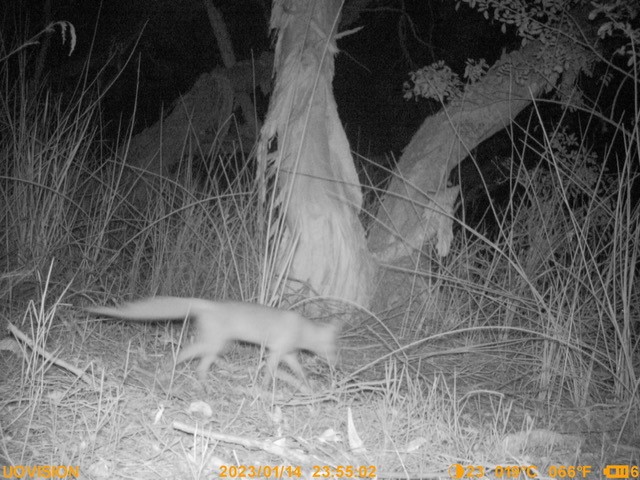
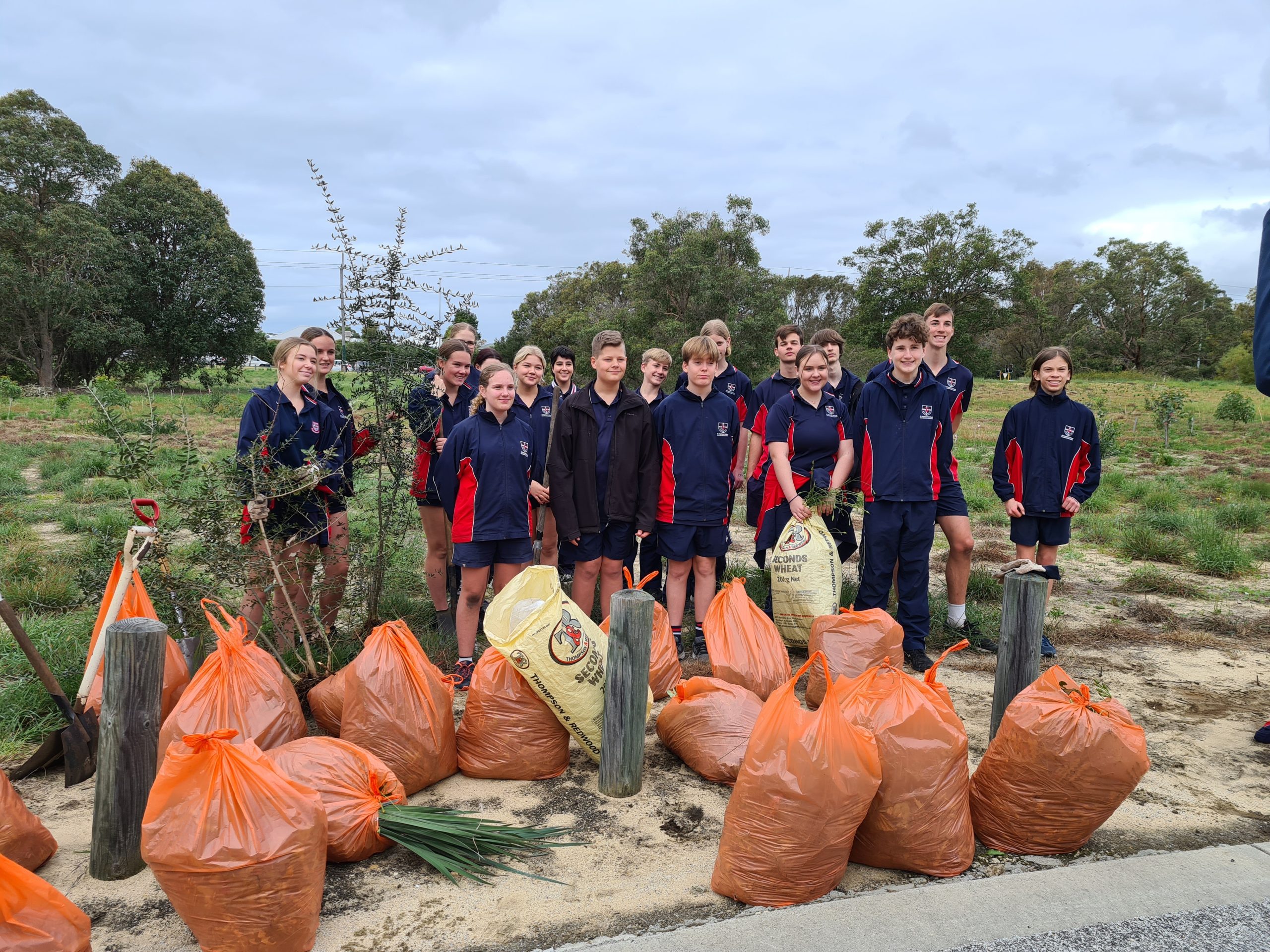
Lake Joondalup is the biggest of the four lakes. It spans 450 hectares and can get up to 2 metres deep in some parks. It’s a permanent wetland, which means parts of it doesn’t dry up over the summer, and the edges of the lake are fringed with natural Melaleuca rapphiophylla and sedge grass.
In the middle you can see two islands. The biggest of these islands is known as Snake Island, which—unsurprisingly—gets its name from its healthy population of snakes.
Lake Goollelal is at the southern end of Yellagonga Regional Park. It’s a permanent wetland, approximately 50 hectares in size. While still a stunning natural lake, it’s surrounded by houses and a winery, which make it feel like a secluded secret.
As summer starts to heat up, the water level in Lake Goollelal drops, and wading birds start to appear. To date, 122 different bird species have been spotted around the lake!
You can find Beenyup and Wallaburnup Swamps in the centre of Yellagonga Regional Park. The smallest and most shallow of the four bodies of water, they’re prone to drying out over the summer months. In fact, during a long, hot February, you might not even know they’re swamps.
